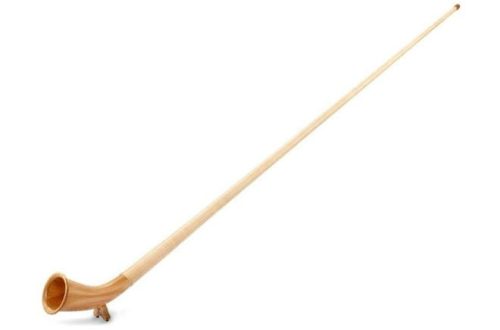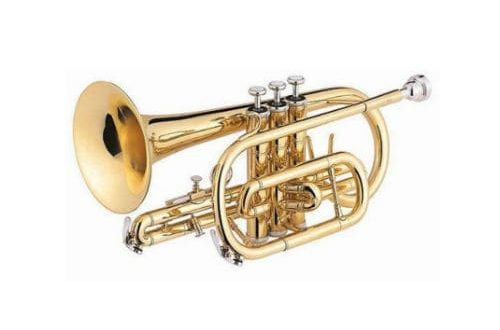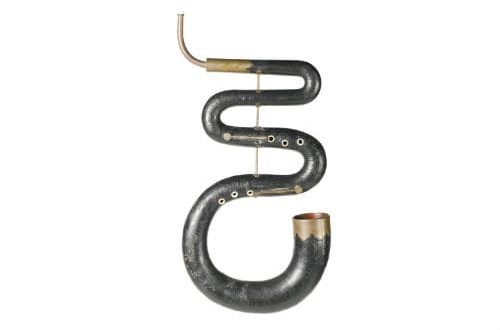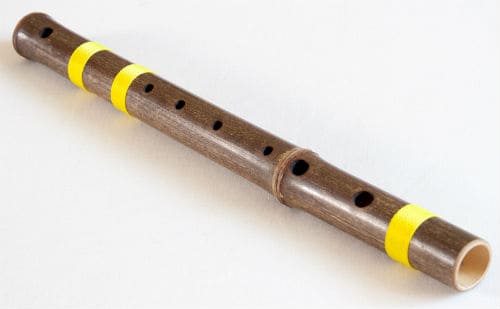
Bansuri: description, composition, sound, history, how to play
Indian classical music was born in ancient times. Bansuri is the oldest wind musical instrument that has survived the evolution and has firmly entered the culture of the people. Its sound is associated with shepherdesses who spent hours playing melodic trills in the bosom of nature. It is also called the divine flute of Krishna.
Description of the tool
Bansuri or bansuli combines a number of wooden flutes of different lengths, differing in the diameter of the inner hole. They can be longitudinal or whistling, but most often peppered bansuri are used in concert performance. There are several holes on the body – usually six or seven. With their help, the length of the air flow blown out by the musician is regulated.

History
The creation of the Indian flute dates back to 100 BC. She is often mentioned in national mythology, described as an instrument of Krishna. The deity skillfully extracted sounds from a bamboo pipe, captivating women with the melodious sound. Images of bansuri are traditional for ancient treatises. One of the most famous is associated with the rasa dance, which was performed by Krishna’s beloved along with her friends.
In its modern form, the classical bansuri was created by the learned brahmin and pandit Pannalal Ghose. In the XNUMXth century, he experimented with the length and width of the tube, changing the number of holes. As a result, it was concluded that it is possible to achieve the sound of low octaves on longer and wider specimens. Short and narrow flutes reproduce high sounds. The key of the instrument is indicated by the middle note. Ghosh succeeded in turning the folk instrument into a classical one. Bansuri music can often be heard in the dubbing of Indian films, in concert performance.
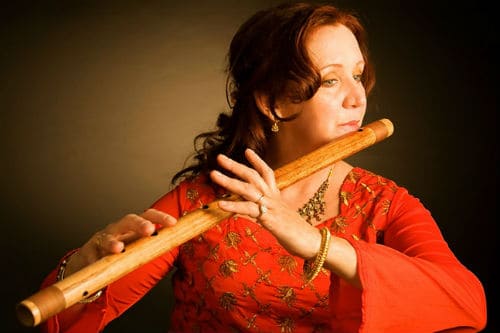
Production
The process of making a bansula is complex and lengthy. It is suitable for rare types of bamboo that grow only in two states of India. Only perfectly even plants with long internodes and thin walls are suitable. In suitable specimens, one end is plugged with a cork and the internal cavity is burned out. Holes in the body are not drilled, but burned with red-hot rods. This preserves the integrity of the wood structure. The holes are arranged according to a special formula based on the length and width of the tube.
The workpiece is kept in a solution of antiseptic oils, then dried for a long time. The final stage is tying with silk cords. This is done not only to give the instrument a decorative look, but also in order to protect it from thermal exposure. The lengthy manufacturing process and material requirements make the flute costly. Therefore, care must be taken with care. To minimize the influence of air humidity and temperature changes, the tool is regularly lubricated with linseed oil.
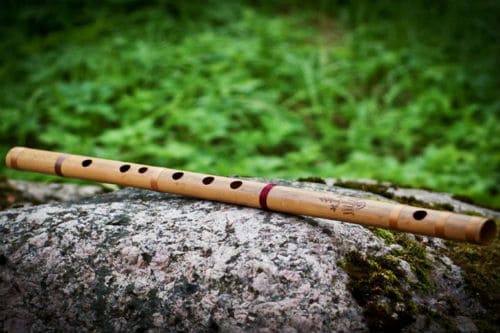
How to play the bansuri
The reproduction of the sound of the instrument occurs due to the vibrations of the air inside the tube. The length of the air column is adjusted by clamping the holes. There are several schools of playing the bansuri, when the holes are clamped only with the fingertips or pads. The instrument is played with two hands using the middle and ring fingers. The seventh hole is clamped with the little finger. The classical bansuri has a lower note “si”. Most Indian musicians play this flute. It has a barrel length of about 75 centimeters and an internal diameter of 26 millimeters. For beginners, shorter specimens are recommended.
In terms of the depth of sound, the bansuri is difficult to confuse with other wind musical instruments. It firmly occupies a worthy place in Buddhist culture, is used in classical music, both solo and accompanied by tampura and tabla.



